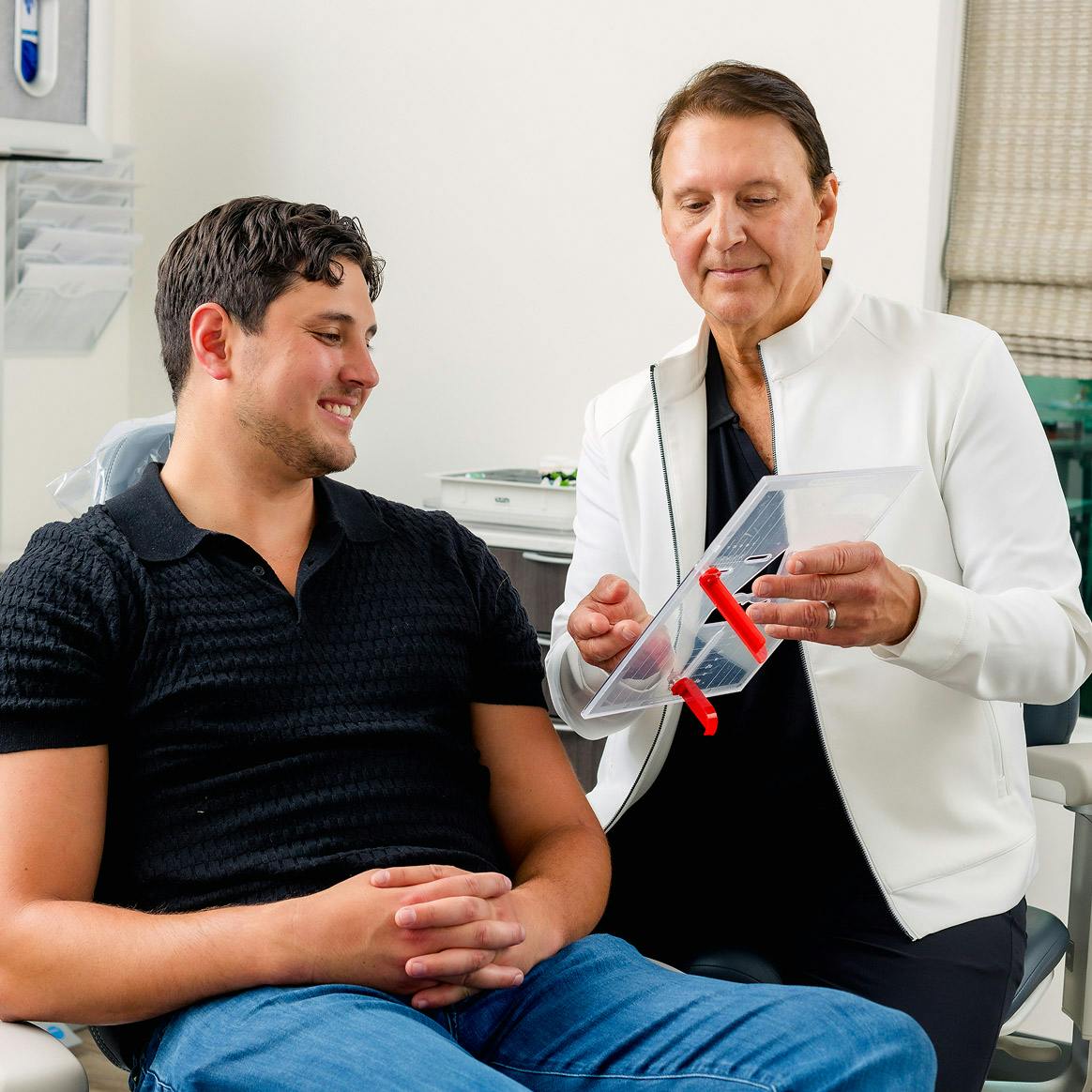Missing teeth can make eating and speaking challenging and impact your confidence. If your smile is incomplete, dental implants offer a long-lasting solution. However, in order to qualify for treatment, you must have sufficient jawbone tissue to support implant posts. Unfortunately, bone recession is a common side effect of tooth loss. To supplement existing bone and encourage new growth, your doctor may recommend bone grafting for dental implants. A graft can restore candidacy for implant posts, and in turn, improve the health of your smile.
Recovery after Your Procedure
After a bone grafting procedure, it is common to experience some discomfort, as well as bleeding, swelling, and inflammation. To relieve pain and swelling, you can take over-the-counter or prescription anti-inflammatories. You should also eat a soft diet for a few days and avoid strenuous exercise. Though you will be able to reintroduce more food over time, you may need to avoid spicy, crunchy, and hard foods for a few weeks. While it is important to practice good oral hygiene, make sure to brush gently around the surgical site to avoid irritation. Temporary side effects of bone grafting should subside within one or two weeks, but it will usually take six to nine months for your jaw to heal completely.





